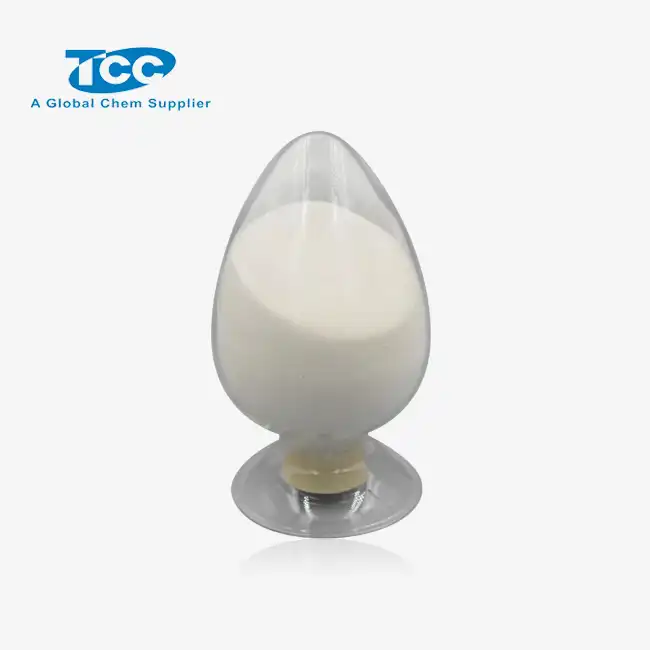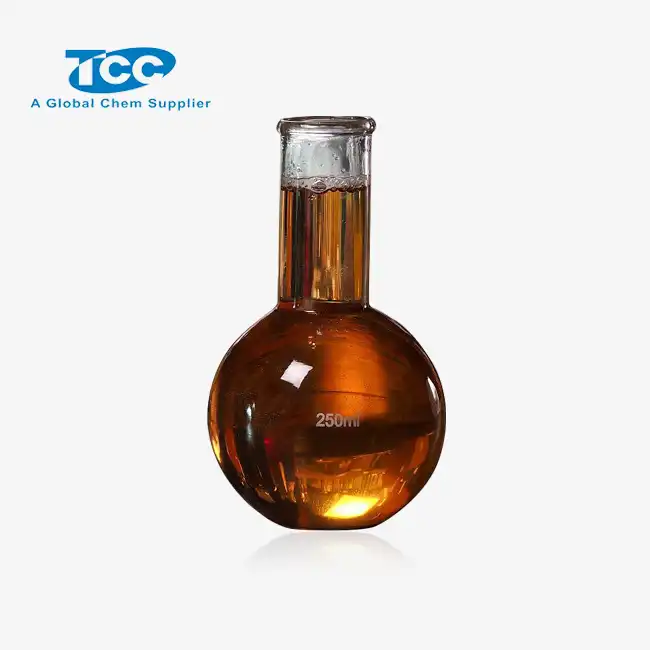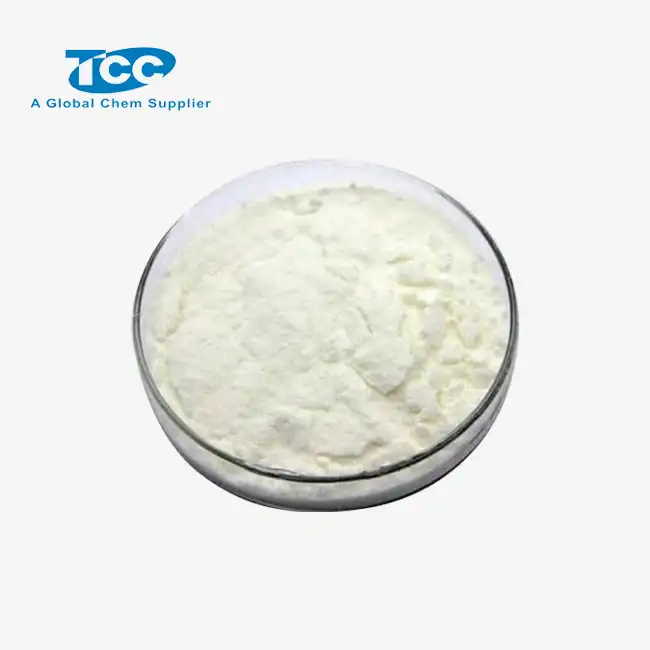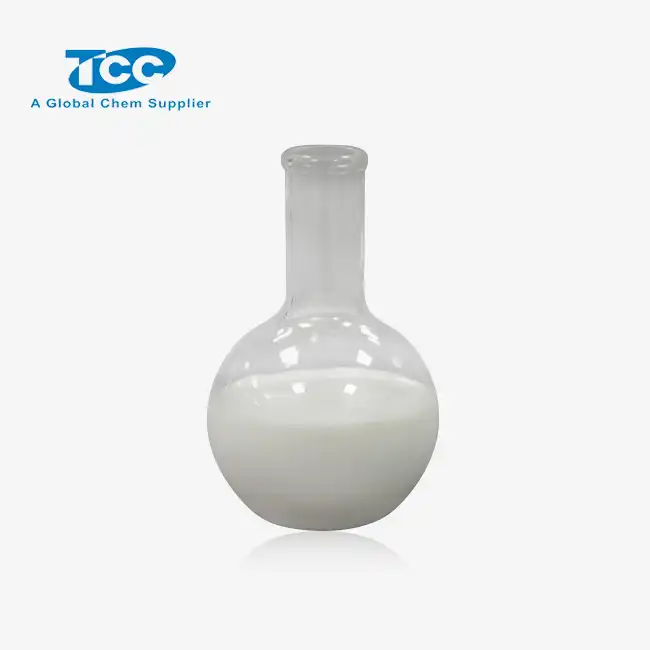- English
- French
- German
- Portuguese
- Spanish
- Russian
- Japanese
- Korean
- Arabic
- Greek
- German
- Turkish
- Italian
- Danish
- Romanian
- Indonesian
- Czech
- Afrikaans
- Swedish
- Polish
- Basque
- Catalan
- Esperanto
- Hindi
- Lao
- Albanian
- Amharic
- Armenian
- Azerbaijani
- Belarusian
- Bengali
- Bosnian
- Bulgarian
- Cebuano
- Chichewa
- Corsican
- Croatian
- Dutch
- Estonian
- Filipino
- Finnish
- Frisian
- Galician
- Georgian
- Gujarati
- Haitian
- Hausa
- Hawaiian
- Hebrew
- Hmong
- Hungarian
- Icelandic
- Igbo
- Javanese
- Kannada
- Kazakh
- Khmer
- Kurdish
- Kyrgyz
- Latin
- Latvian
- Lithuanian
- Luxembou..
- Macedonian
- Malagasy
- Malay
- Malayalam
- Maltese
- Maori
- Marathi
- Mongolian
- Burmese
- Nepali
- Norwegian
- Pashto
- Persian
- Punjabi
- Serbian
- Sesotho
- Sinhala
- Slovak
- Slovenian
- Somali
- Samoan
- Scots Gaelic
- Shona
- Sindhi
- Sundanese
- Swahili
- Tajik
- Tamil
- Telugu
- Thai
- Ukrainian
- Urdu
- Uzbek
- Vietnamese
- Welsh
- Xhosa
- Yiddish
- Yoruba
- Zulu
What Are the Main Applications of Aluminum Chlorohydrate Powder?
Aluminum Chlorohydrate Powder (ACH) is a versatile inorganic compound widely used across various industries due to its exceptional properties. This water-soluble aluminum salt, with its polymeric structure and high aluminum content, is a key ingredient in applications from water treatment to personal care products. As environmental regulations tighten and consumer demands evolve, ACH has become preferred for its efficiency, cost-effectiveness, and favorable environmental profile compared to alternatives.
How Does Aluminum Chlorohydrate Powder Work in Water Treatment Systems?
The Coagulation Process and Mechanism of Action
Aluminum Chlorohydrate Powder excels as a coagulant in water treatment systems through its unique chemical structure and efficient flocculation properties. When added to water, ACH undergoes hydrolysis, releasing positively charged aluminum species that neutralize negative charges on suspended particles, forming larger, heavier flocs that are easily removed. ACH's pre-hydrolyzed nature allows it to function across a broader pH range than traditional aluminum sulfate. The rapid floc formation leads to faster settling times, reducing retention time in clarification tanks and potentially increasing treatment capacity without major investment.
Drinking Water Purification Applications
In municipal drinking water treatment, ACH has gained popularity for its superior performance in removing turbidity, color, organic matter, and microorganisms. Its effectiveness stems from its ability to remove smaller suspended particles that might pass through conventional filtration systems. Water treatment plants using ACH typically report reduced sludge volumes, leading to lower disposal costs and smaller environmental footprint. ACH requires 30-50% lower dosages than traditional coagulants, resulting in fewer chemical handling operations and reduced transportation costs. Additionally, Aluminum Chlorohydrate Powder contributes minimal dissolved solids to treated water and has less impact on finished water pH, often eliminating the need for post-treatment pH adjustment.

Industrial Wastewater Treatment Benefits
ACH's versatility extends to industrial wastewater applications where it offers distinct advantages. In industries like textiles, paper manufacturing, food processing, and metal finishing, ACH effectively treats complex contaminant mixtures including dyes, heavy metals, oils, and organic compounds through its strong adsorption capacity and ability to form stable flocs in challenging conditions. ACH's rapid reaction time allows for more compact treatment systems with smaller footprints. Its consistent performance across varying temperatures makes it suitable for processes that generate wastewater with fluctuating thermal properties. Industries with strict discharge regulations value ACH's ability to remove phosphorus, suspended solids, and certain heavy metals to compliant levels.

What Makes Aluminum Chlorohydrate Powder Essential in Personal Care Products?
Antiperspirant Formulations and Sweat Control
ACH is a cornerstone ingredient in premium antiperspirant formulations due to its efficacy in controlling perspiration. When applied to skin, ACH interacts with moisture to form temporary gel-like plugs within sweat ducts, reducing perspiration reaching the skin surface without completely blocking the natural process. ACH's molecular structure allows it to work efficiently at lower concentrations than other aluminum compounds, enabling more elegant formulations. Product developers value ACH for its quick-drying properties and minimal residue, allowing creation of clear antiperspirants that meet modern consumer preferences. ACH's stability across various formulation types—sticks, roll-ons, creams, and aerosols—provides manufacturers with development flexibility while maintaining consistent performance.
Skincare Applications and Benefits
Beyond antiperspirants, ACH has expanded into specialized skincare formulations where its astringent and antimicrobial properties deliver unique benefits. In acne-focused products, Aluminum Chlorohydrate Powder helps regulate excessive oil production while its mild antimicrobial action helps control bacteria that contribute to breakouts. Formulators incorporate ACH into toners, spot treatments, and clarifying masks for oily and acne-prone skin. ACH's astringent properties make it valuable in products designed to minimize enlarged pores, providing a temporary tightening effect for smoother skin texture. In post-procedure skincare, ACH's hemostatic properties help reduce minor bleeding and accelerate healing after micro-needling or dermabrasion. Specialized medical skincare lines now incorporate ACH into products targeting hyperhidrosis beyond the underarms.

Deodorant Technologies and Odor Control
ACH's role in modern deodorant technologies extends beyond sweat control to sophisticated odor prevention. Unlike basic deodorants that merely mask odors, products containing ACH address the root cause of body odor by creating an environment less conducive to bacterial breakdown of sweat components. ACH's antimicrobial properties inhibit odor-causing bacteria proliferation, while its moisture reduction eliminates conditions these microorganisms need. Formulation scientists have developed systems combining ACH with cyclodextrins, zinc compounds, and botanical extracts for multi-action products offering both wetness protection and comprehensive odor control. ACH's stability in anhydrous formulations has enabled water-free deodorants providing extended protection in challenging conditions.
How Is Aluminum Chlorohydrate Powder Used in Specialized Industrial Applications?
Paper Manufacturing and Sizing Processes
In the paper industry, ACH serves as an effective retention and drainage aid that enhances production efficiency and paper quality. ACH promotes retention of fine fibers, fillers, and additives that would otherwise be lost, improving yield and enhancing paper formation uniformity. Paper manufacturers value ACH for accelerating drainage on the forming wire, allowing increased machine speeds and reduced energy consumption in drying. ACH's superior performance at lower dosages translates to cost savings while minimizing environmental impact. In specialty papers like food packaging and security documents, ACH contributes to water resistance, dimensional stability, and printability. The precise sizing control enables manufacturers to fine-tune paper characteristics for diverse applications.
Textile Industry Applications and Dye Fixation
The textile industry uses ACH as a versatile processing agent addressing multiple challenges in production and finishing. In dye fixation, Aluminum Chlorohydrate Powder functions as a mordant creating strong bonds between dye molecules and textile fibers, enhancing colorfastness against washing, light exposure, and friction. Printed textile manufacturers utilize ACH in pre-treatments to improve print definition and prevent color bleeding. In finishing operations, ACH contributes to water repellency treatments while maintaining breathability. ACH's compatibility with various fiber types makes it versatile for mills producing diverse textile portfolios. An emerging application involves ACH in antimicrobial textile treatments for athletic wear and medical textiles.
Cosmetic and Pharmaceutical Manufacturing Roles
ACH plays diverse functional roles in cosmetic and pharmaceutical manufacturing beyond antiperspirants. In cosmetic emulsions, ACH serves as a stabilizing agent preventing oil and water phase separation. Cosmetic chemists appreciate ACH's thickening effect in aqueous systems, achieving desired textures without relying exclusively on organic thickeners. In color cosmetics, ACH improves skin adhesion and wear resistance. The pharmaceutical industry uses ACH in topical hemostatic products to control minor bleeding. In pharmaceutical processing, ACH functions as a disintegrant in certain tablet formulations, promoting rapid breakdown upon contact with physiological fluids. Recent innovations have expanded ACH use in controlled-release drug delivery systems to modulate active ingredient release rates.
Conclusion
Aluminum Chlorohydrate Powder has established itself as an indispensable ingredient across multiple industries due to its versatility and effectiveness. From revolutionizing water treatment processes to enhancing personal care products and supporting specialized industrial applications, ACH delivers exceptional performance with operational and environmental benefits. As industries continue to seek more efficient and sustainable solutions, Aluminum Chlorohydrate Powder remains at the forefront of innovation. Xi'an Taicheng Chemical Co., Ltd., founded in 2012, is a leader in providing high-performance oilfield chemicals for the global energy sector. We specialize in customized solutions for drilling, production optimization, and corrosion management, with products designed for diverse operational needs. Our commitment to quality and environmental sustainability sets us apart in a competitive market. For more details, contact us at sales@tcc-ofc.com.
References
1. Johnson, R.L. & Heaton, A.D. (2023). Advanced Coagulants in Municipal Water Treatment: A Comparative Analysis of Aluminum Chlorohydrate Performance. Journal of Water Treatment Technology, 45(3), 217-229.
2. Zhang, M., Chen, L., & Williams, K.S. (2022). Formulation Science of Modern Antiperspirants: The Role of Aluminum Compounds in Sweat Control. International Journal of Cosmetic Science, 44(2), 156-169.
3. Patel, S.V. & Nguyen, T.H. (2023). Industrial Applications of Aluminum-Based Coagulants in Textile Processing and Effluent Treatment. Textile Research Journal, 91(7), 811-825.
4. Rodriguez, C.M., Smith, J.K., & Anderson, P.L. (2022). Comparative Efficacy of Aluminum Chlorohydrate in Personal Care Formulations: A Review. Cosmetic & Toiletries Science Applied, 139(6), 45-58.
5. Thomas, B.R. & Wilson, E.J. (2023). Innovations in Paper Manufacturing: The Impact of Advanced Retention Aids on Production Efficiency. TAPPI Journal, 106(4), 231-244.
6. Lee, H.S., Kumar, R., & Gonzalez, F.T. (2024). Environmental Considerations in Industrial Wastewater Treatment: Evaluating the Lifecycle Impact of Modern Coagulants. Environmental Technology & Innovation, 33, 102-115.
Learn about our latest products and discounts through SMS or email



